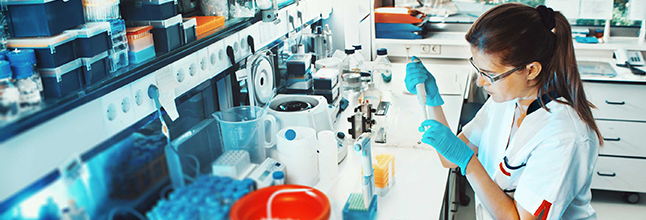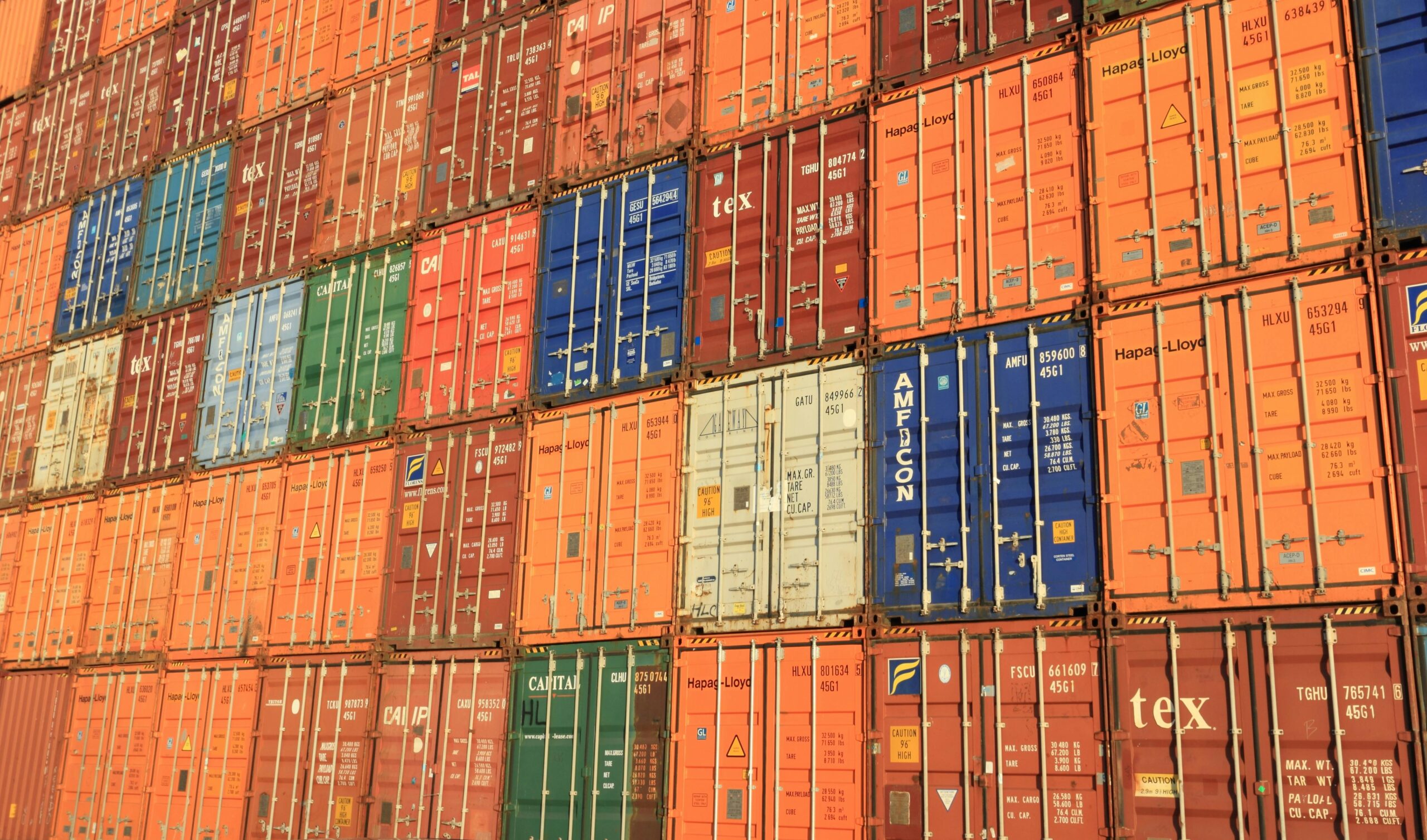Is Documentation Important to Your Pharmaceutical Compounding Process?
Compounding sterile and non-sterile pharmaceutical products is very delicate. One small procedural error can invalidate several batches of products or, worse, lead to the release of defective products for patients to use. Unlike some other manufacturing processes, there is a need for pharmaceutical manufacturers to be more meticulous. Documentation plays a vital role in achieving this. The popular maxim in documenting these processes is that “if it’s not documented, it’s not done.”
By documenting the compounding processes of both sterile and non-sterile pharmaceutical products, manufacturers can ensure adherence to good manufacturing practices (GMP) in their operations. This is fundamental to producing products that meet required pharmaceutical standards for use.
Good Manufacturing Practices (GMP)
Good Manufacturing Practices define the necessary environmental and procedural conditions required to produce pharmaceutical products in compounding pharmaceutical products. These practices are designated as guidelines that guard every part of the production process.
Over the years, studies have shown that sampling is not enough to ensure the necessary quality of production. This is why Good Manufacturing Practices are now adopted to ensure the production of safe and efficacious sterile and non-sterile pharmaceutical products. These processes are also continually reviewed and updated for manufacturers around the world.
Good Documentation
In any manufacturing process, good documentation involves a systematic approach to recording all the processes involved in preparing, verifying, and storing pharmaceutical products.
What does Documentation Offer in Manufacturing Pharmaceutical Manufacturing?
- Documentation reflects the standard of a Pharmaceutical manufacturing company/process.
Good pharmaceutical processes ensure the safety and efficacy of the users. The level of standard adherence a pharmacist puts in the compounding process can be detected within the process documentation.
While Good Manufacturing Practices (GMP) services as a minimum benchmark, some pharmaceutical manufacturers can improve the standard of their products by committing to even more meticulous processes. Documentation is an essential part of GMPs, and improved commitment to adequate documentation processes tends to produce better quality pharmaceutical products.
- Reproducibility
Pharmaceutical compounding processes are designed for the long term. This is another vital need for adequate documentation of every part of the process. These documents provide a standard guide to the production process. This is why the document must contain the necessary standards of materials and processes needed.
- Provides data for future trends
Proper documentation also helps pharmacists commit to improving their processes. Production pharmacists and other stakeholders can also review what has been done in the past to make informed decisions for future purposes.
- Regulatory Requirements
As an essential component of good manufacturing practices, proper documentation is also important to get relevant licenses from local licensing authorities. This is why regulatory inspectors tend to spend a lot of time inspecting documents in the process.
During their inspections, regulatory inspectors often spend a great deal of time examining a company’s process documentation.
Several components make up the documentation of the pharmaceutical compounding process according to the Good Manufacturing Practices of the World Health Organization. These include standard operating procedures, policies, test methods, work instructions, etc.
Documentation for Compounding of Sterile Pharmaceutical Products
Pharmaceutical sterile products define the range of products that are not permitted to contain any microorganisms after production. This is often because these products are applied to parts of the body that are more vulnerable than others, e.g., eye drops, infusion fluids, etc. Due to this, manufacturing these pharmaceutical products is subject to more scrutiny than other products.
The active pharmaceutical ingredients (API) and all the raw materials used in the manufacturing processes must meet the required standards. Apart from this, the process is strictly controlled and documented. There are also occasional routine random checks during the process carried out to ensure that the products being made meet the best standard. This process is called in-process testing.
Apart from in-process tests, other quality assurance processes are also designed to ensure the best quality.
Documentation for Compounding of Non-Sterile Pharmaceutical Products
Formulating non-sterile pharmaceutical products involves considering the active pharmaceutical ingredient (API) and other raw materials. However, non-sterile pharmaceutical products contain a controlled level of microorganisms relative to sterile products. It is important to note that while this product contains some microorganisms, they are not harmful to human users. Non-sterile pharmaceutical products are categorized into different classes.
The various classes of non-sterile pharmacy products have different GMP requirements. However, documentation is a vital component of all these classes.
Can Pharmacy Management Software Help with Documentation?
Understanding the importance of documentation in the pharmaceutical compounding process, more manufacturers are seeking tools to improve their production process efficiency. The right pharmacy management system can help with this. Pharmacy management systems help automate the documentation of your work processes.
With pharmacy management software, personnel involved in the production process can also get notifications on specific tasks in the production process. They can also log reports based on their duties. This provides relevant documentation for higher-level staff to make crucial decisions involved in the production.
Also, due to the automation of the documentation process that comes with leveraging a pharmacy management system, staff involved in the production process can focus on their immediate tasks. These staff do not have to worry about documenting their processes manually.
An efficient pharmacy management system helps work out the logistics of the primary materials and actively monitor the state of the production environment, the personnel, and the processes involved in compounding. Understanding how a pharmacy management software can help with these elements of good manufacturing practices (GMP) and introducing one would go a long way to improve the efficiency of your overall pharmaceutical compounding process.
Another tricky part for most pharmaceutical manufacturers is finding the perfect software to suit your operations. While there are several pharmacy management software solutions, not all are suitable for pharmaceutical manufacturing processes. It is vital to look out for a pharmacy management system that caters to the compounding part of your business.



